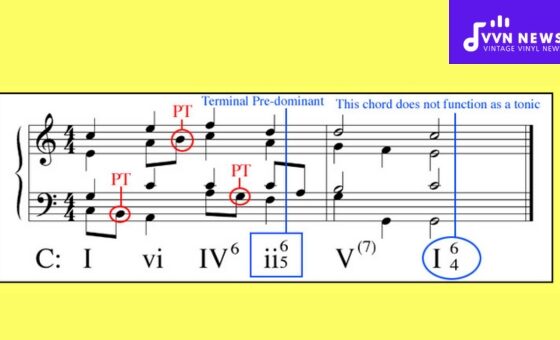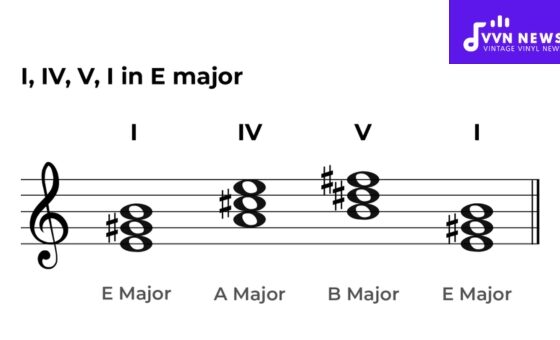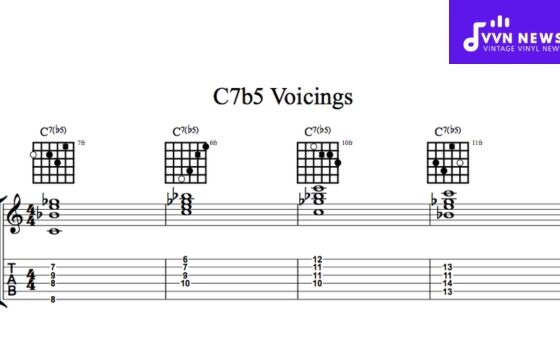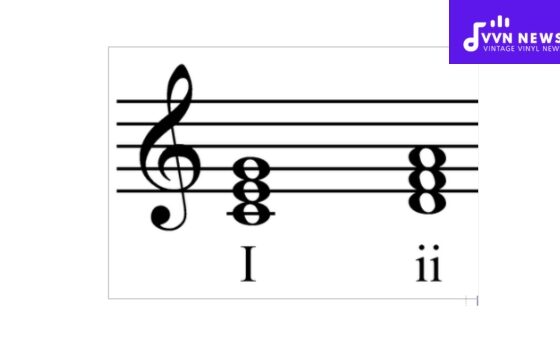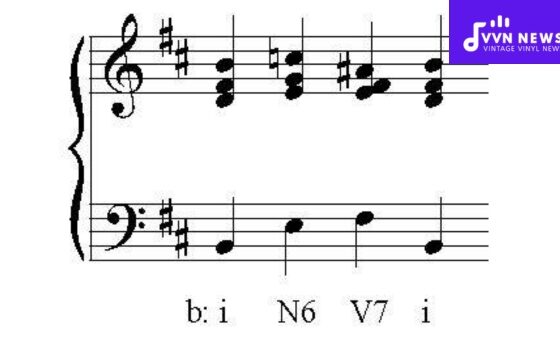Have you ever found yourself loving a particular piece of music but wishing it could match your vocal range or the tonal quality of a different instrument?
Or maybe, as a musician, you’re looking to add some creative flair by changing the key of a song.
That’s where understanding how to transpose up a perfect 5th comes into play.
It’s an essential skill for adapting music to suit various needs, and I’m here to walk you through the steps, ensuring that you can take any melody and shift it up with confidence.
Transposition can initially seem daunting, but it doesn’t have to be. Whether you’re arranging music for a personal project or collaborating with others, being able to move melodies up by an interval as common as a perfect 5th is incredibly useful.
Today, I’ll break down this topic into manageable concepts so that no matter your current level of musical expertise, you’ll grasp how to perfectly execute this transposition and make the music work for you.
What is a Perfect 5th Interval?
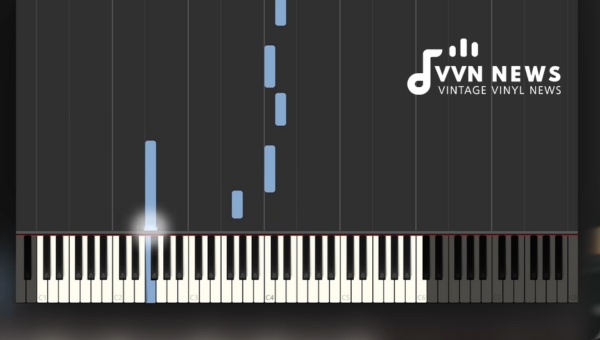
A Perfect 5th is one of the most harmonious and foundational intervals in music theory.
If you imagine a piano, it spans seven half-steps (semitones) or consists of five diatonic scale notes, counting the first note (also called the root).
For instance, if your starting note is C, moving up five scale degrees within the C major scale lands you on G.
This interval is called “perfect” because it sounds consonant and stable, forming a cornerstone of both melody and harmony.
In fact, the perfect fifth shapes what we commonly recognize as the basic building block in chords, power chords in guitar, and triads in general music theory.
Also Read: How To Structure The First Flute Lesson? [Expert Advice]
Why Transpose Up a Perfect 5th?
Transposing up a perfect 5th can be like discovering a hidden gem within a piece of music.
Often, you might do this to accommodate the natural range of an instrument or voice, playing to their strengths and creating a sonorous blend with other musical elements.
For string players, moving parts up a perfect 5th can leverage open strings for a richer sound. Brass and woodwind players also find that certain keys resonate better on their instruments.
Moreover, transposing could rejuvenate an old classic, offering the audience something familiar yet refreshingly different.
In collaborative settings, this process ensures that compositions are key-compatible for all musicians involved, facilitating seamless integration.
And let’s not overlook the educational benefits; it sharpens your music theory skills and enhances your versatility as a musician.
In short, transposing up by this interval unlocks new potentials in tonality and playability—vital for performances that resonate with both performer and listener alike.
How to Identify the Starting and Ending Notes
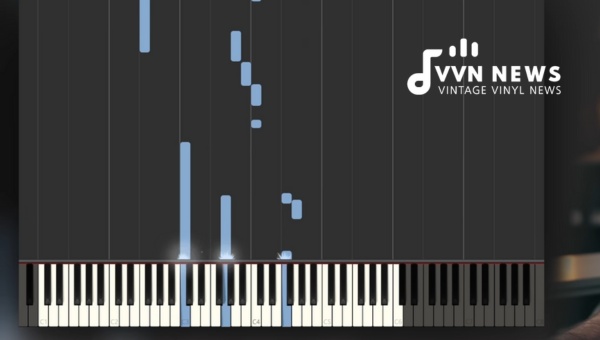
Transposing music up a perfect 5th requires a clear understanding of the starting point, the note or chord from which you’re moving, and the desired ending note. To accurately identify these pivotal points, you’ll follow a simple methodology.
Here’s what you need to do:
- Determine Your Starting Note: Firstly, pinpoint the key of your original piece. If you’re dealing with sheet music, look at the key signature located at the beginning of each staff this will tell you what key you’re in. For C Major or A minor (which have no sharps or flats), start directly with your root note.
- Calculate Your Ending Note: This is where you apply your knowledge of musical intervals. From any starting note on a piano or in sheet music, count up 5 letter names to reach your perfect 5th. For instance, if your song begins on a C, five notes up C (your start), D, E, F, G will bring you to G.
- Consider Sharps and Flats: Don’t forget about sharps (#) and flats (b). These accidents can impact your transposition process by altering both starting and ending notes; ensure that every sharp or flat note present in your starting key carries over into your calculations for reaching that perfect 5th interval.
- Use an Instrument or Reference Tool: If identifying intervals isn’t second nature yet, use tools like music reference charts to guide you or an instrument like a keyboard where visualizing intervals is straightforward.
Remember that while it’s essential to understand how steps translate theoretically on paper or screens, practical application with audible feedback reinforces learning effectively.
Also Read: How To Upgrade Your Flute? [A Comprehensive Buying Guide]
What Are the Key Steps in Transposing?
When you’re ready to transpose up a perfect 5th, there are critical steps that’ll help you achieve accurate results every time.
Let’s break down this process into key components:
Step 1: Understanding the Music Theory
You need to have a grasp of music theory, particularly the Circle of Fifths and key signatures. This foundational knowledge helps in recognizing relationships between scales and determining what accidentals may be required when transposing to a new key.
Step 2: Identify Your Starting Key
Identify the key of the piece you want to transpose. Review the key signature to determine if it’s major or minor – this will direct you in maintaining the proper mood in your transposed piece. If you’re working with sheet music, this information is usually right at the beginning.
Step 3: Determine Your Target Key
Now, pinpoint your target key—this is where a good understanding of intervals comes into play. Moving up a perfect 5th means that if you start from “C,” for example, your target note—and thus your new key—will be “G.”
Step 4: Adjusting the Notes
Once your start and end points are clear, progress note by note through your piece. Every note will move up by seven half-steps (or semitones) on your musical instrument or software notation program the distance of a perfect 5th.
Step 5: Alter Accidental Appropriately
Be mindful of adjusting for accidentals; when shifting each note up by seven half-steps, maintain their respective relationships. For instance, a “C#” becomes “G#”; likewise, an “E flat” becomes “B flat”.
Step 6: Pay Attention to Enharmonics
Enharmonic equivalents can occasionally throw off beginners. These are notes that sound identical but have different names based on the context, like “F#” and “G flat.” Within your new key signature, select the enharmonic spellings that make sense musically and visually for readability.
Armed with these steps and attention to detail, you’ll find parsing through any piece for transposition not just intuitive but also gratifying as it elevates your musicianship to more versatile levels.
Also Read: How To Use Music To Help Your Mental Health? [Expert Tips]
Common Challenges in Transposing Up a Perfect 5th
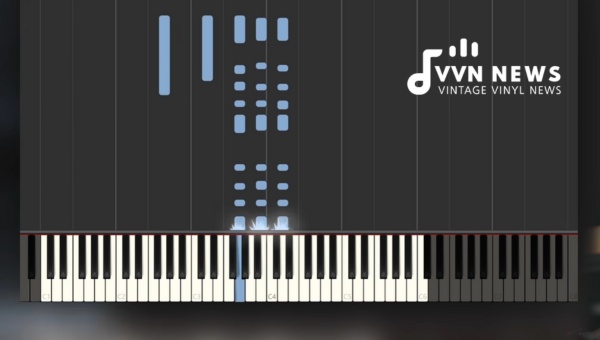
In music, transposing up a perfect fifth might sound straightforward, and while it’s a common move, certain challenges can make the process trickier than expected.
Understanding these hurdles can help you navigate them with ease and precision.
Understanding Key Signatures
The first challenge lies in key signatures. Each key has its own set of sharps or flats the accidentals, and when you’re transposing up a perfect fifth, the number of accidentals will increase by one sharp or decrease by one flat.
Remembering the order of sharps (F-C-G-D-A-E-B) and flats (B-E-A-D-G-C-F) is essential.
If you’re moving from C Major (no sharps or flats) to G Major (one sharp), you need to add an F# across the board.
Adjusting Accidentals
Another hurdle involves adjusting the accidentals within your piece correctly. When notes already have sharps or flats, transposition needs extra attention.
If a melody note is C# and you’re transposing up a perfect fifth, that C# becomes G#.
Keeping track of these changes throughout the entire piece demands vigilance and attention to detail.
Instrumental Range and Technique
Transposing for different instruments can introduce range constraints. Some instruments may not be able to play notes that are too high or too low post-transposition.
It’s crucial to consider the instrumental range before making such changes.
Certain fingering or breathing techniques might complicate playing in the new key, particularly for wind and string instruments.
Vocal Considerations
When it comes to vocal music, transposing up a perfect fifth could place your singers outside their comfortable tessitura. In this range, they sound best and potentially even outside their overall range.
By overcoming these challenges with attentiveness and practice, musicians can stretch their abilities, ensuring that their performances remain harmonious regardless of key changes, a testament to both technical skill and musical flexibility.
Also Read: How To Teach Breath Control? [Easy Exercises For Singers]
FAQs on Transposing Up a Perfect 5th
What is the purpose of transposing music?
The main purpose of transposing is to adjust a piece of music so that it fits the range of a singer or an instrument or to match the key of another piece.
Do I need any special tools to transpose music up a perfect 5th?
No, you don’t need special tools, just an understanding of musical notes and keys.
After transposing up a perfect 5th, will the song’s chord progression change?
Yes, the chord qualities remain the same, but each chord will be shifted to its corresponding place five steps higher in the scale.
Is transposing up a perfect 5th common in all genres of music?
Absolutely, transposing is a technique used across all musical genres for various reasons.
If I transpose up a perfect 5th, do accidentals also move up by the same interval?
Exactly, every note and accidental moves up by a perfect 5th to maintain the piece’s integrity.
Conclusion
Transposing up a perfect 5th can transform your musical pieces and allow for greater flexibility when playing or singing.
By properly identifying your starting note, applying the correct interval throughout your melody, and adjusting sharps or flats accordingly, you’re well on your way to mastering this crucial skill.
Always remember to double-check your work for any accidental omissions and ensure consistency in your transposed key.
With these guidelines in mind, you’ll find that shifting music up a perfect 5th is no longer an obstacle but an opportunity for creativity and adaptation.

